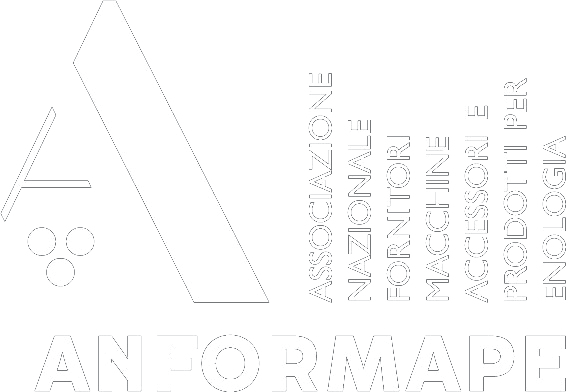Flotation of wine for rapid clarification in cellars
A procedure to clarify must, flotation is a process of separating solids from the liquid (must or wine) in which they are contained.
The goal of the procedure is to prevent the must from retaining undesirable substances that may compromise the quality of the product and adversely affect fermentation, especially in the case of white wines. This is the reason must flotation cannot be ignored.
What it is used for and how to carry out wine must
Must flotation is carried out using air or nitrogen bubbles and pectolytic enzymes, bentonite, silica sol and protein-based clarifiers which bring the solid parts to the surface so that they can be separated from the liquid.
The various tasks carried out in the vinification process, especially procedures in extracting must from grapes, result in a cloudy product. If left with the liquid, these substances would adversely affect the body and aromas of the resulting wine.
With flotation, therefore, the must is clarified and "stabilised" with regard to its protein and phenolic substance content.
How is flotation carried out?
Potential issues with must flotation
A fundamental aspect is the choice of gas: nitrogen is generally preferred to compressed air. Depending on the characteristics of the grape and the vintage, other adjuvants can be added such as:
- PVPP (Polyvinylpolypyrrolidone), to remove oxidised compounds and to make the taste and smell cleaner;
- Bentonite to remove protein and oxidative enzymes;
- Gelatine indispensable to compact the lees and to have a clear must post-flotation.
In order to carry out must flotation properly, it is therefore necessary to observe the correct temperature and choose the most suitable gas and pectolytic enzyme.
Products to be used in must flotation
Specific products must be used in must flotation.
E-Flot is a range of flotation equipment that enables musts to be clarified more effectively and rapidly. By implementing more rapid clarification, less use is made of cooling systems, and energy expenditure in cellars is reduced.
The special flotation equipment adds a gas (nitrogen or compressed air) to the must together with a clarifying agent: the flocculated solids thus rise to the surface of the tank, while in the lower part the must remains clear and ready for fermentation. The use of specific products and machines for must flotation permits more rapid and more productive clarification by exploiting the principle of incorporating a gas into the solids (responsible for the turbidity in the liquid).
The choice of enzymes is also crucial factor. Pectolytic enzymes optimise clarification of musts and wines, but there are also special liquid enzymes for flotation that reduce process times and increase effectiveness.


 China
China
 United Kingdom
United Kingdom





